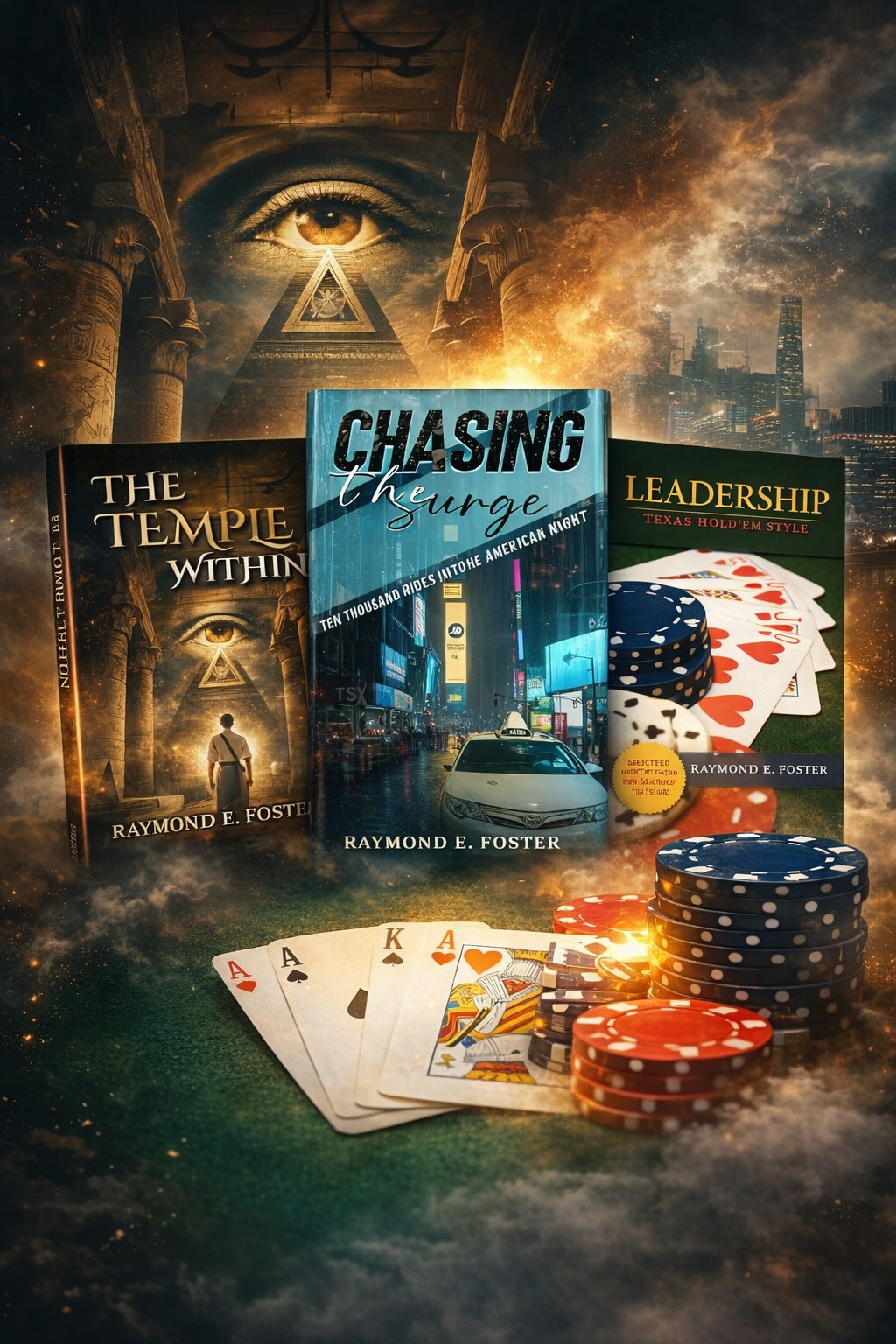Greetings!
Happy
Holidays from Hi Tech Criminal
Justice. Please accept our thanks as
we enter our fourth year. Because of your
continued reading, referral to colleagues and
contributions our newsletter is fast approaching 5000
readers. We hope that as we enter 2008 you will
continue to read, refer and contribute!
We
welcome a new contributor; Jason Celmer of the Brea
Police Department (California). In this newsletter
there are articles on law enforcement technology, first
responder safety issues, terrorism and
leadership. |
Police
Lineups: Making Eyewitness Identification More Reliable
In 1981, 22-year-old Jerry Miller
was arrested and charged with robbing, kidnapping, and
raping a woman. Two witnesses identified Miller, in a
police lineup, as the perpetrator. The victim provided a
more tentative identification at trial. Miller was
convicted, served 24 years in prison, and was released
on parole as a registered sex offender, requiring him to
wear an electronic monitoring device at all
times.
Recent DNA tests, however, tell a
different story: Semen taken from the victim's
clothing-which could have come only from the
perpetrator-did not come from Miller. In fact, when a
DNA profile was created from the semen and entered into
the Federal Bureau of Investigation's convicted offender
database, another man was implicated in the
crime.
On April 23, 2007, Miller became
the 200th person in the United States to be exonerated
through DNA evidence.
|
|
Investigative Uses of Technology:
Devices, Tools and Techniques

This special report is intended to be a resource
to any law enforcement personnel (investigators, first
responders, detectives, prosecutors, etc.) who may have
limited or no experience with technology-related crimes
or with the tools and techniques available to
investigate those crimes. It is not all inclusive.
Rather, it deals with the most common techniques,
devices, and tools encountered. Technology is advancing
at such a rapid rate that the information in this
special report must be examined in the context of
current technology and practices adjusted as
appropriate.
It
is recognized that all investigations are unique and the
judgment of investigators should be given deference in
the implementation of this special report. Circumstances
of individual cases and Federal, State, and local
laws/rules may require actions other than those
described in this special report.
|
What
Every Law Enforcement Officer Should Know About DNA
Evidence
To increase the use of DNA
technology in the criminal justice system, a five year
program with more than $1 billion dollars in funding was
launched in 2003.
The Initiative calls for increased funding,
training, and assistance to Federal, State, and local
forensic labs; to police; to medical professionals; to
victim service providers; and to prosecutors, defense
lawyers, and judges. Part of the
funding has resulted in a number of high-quality, online
training courses for first
responders.
What every law enforcement officer should
know about DNA evidence focuses on issues that arise for
the first-responding law enforcement officer during the
identification, preservation, and collection of DNA
evidence at a crime scene. Other courses,
such as the one for investigators, provides in-depth
information for the investigating officer or evidence
technician on the identification, preservation, and
collection of DNA evidence at a crime
scene.
VIEW THE
COURSE
CATALOG |
The Moller Skycar: Patrol Unit of the
Future
Jason
Celmer, Brea Police
Department
Like so
many other stories, this one begins with the distinct
trilling of the 911 line. Frantic voices
on the other end, a yell, a crash, bang; shots
fired! More
calls from neighboring businesses, there are men inside
the bank, men with guns. This has
happened before; the robbers are experienced, and
smart.
Never inside for more than 3 minutes, they are
gone and blending into the population before the first
unit arrives on scene.
The
suspects always hit jurisdictions without their own
helicopters, and they always hit the furthest bank from
the station, during rush hour. This time, the
nearest ground unit is at least 8 minutes away. The nearest
helicopter is 15 minutes away. The suspects are
going to get away, so they think. The 11 miles by road
is less than 6 as the crow flies. But this is no
crow, it is the 360 MPH, 4 seat, Moller M400 Skycar, and
it is overhead in just over a minute from the time of
call. No
one is getting away from this machine
|
|
Law Enforcement Use of Unmanned Aircraft
Systems
Unmanned Aircraft Systems (UAS), also known as
UAVs, is a rapidly emerging technology that has
exceptional appeal to law enforcement. A UAS consists of
an unmanned aircraft, an aircraft control station, and
command and control links. UAS are considered as
aircraft. These aircraft can often be flown autonomously
and at great distances from the command station. In
addition, these aircraft can be very small, under 25 lbs
and still carry enough equipment to provide video
downlink capabilities. The operation of a UAS by a
public agency, whether it is Federal, State or Local Law
Enforcement, is enforced by FAA regulations and Federal
statutes.
With the
increase in use of UAS by the military in overseas
operations, there has been a significant increase in the
number of vendors both producing and marketing these
same units to law enforcement. Prior to purchasing or
leasing a UAS please consider the following: For a
public aircraft operation, the FAA holds the position
that a Certificate of Authorization (COA) is required to
operate UAS in the National Airspace.
|
|
What About Me: Coping with
the Abduction of a Brother or Sister
Each year, there are more than
58,000 non-family abductions and more than 1 million
children are reported missing. This is a staggering
number, but it doesn't include the other young
victims-the sisters and brothers of those who have been
abducted. These overlooked children suffer the loss of
their sibling. Their lives are turned asunder, and
family patterns are irrevocably changed.
This publication is the effort of
those who have lived the nightmare of losing a sister or
brother. Eight siblings joined with the Office of
Justice Programs to write this guide. During its
creation, these siblings spoke eloquently and from their
hearts about the need for a resource for left-behind
children whose needs are often overlooked. At the time
of the abduction, these siblings said they felt isolated
and overwhelmed by their emotions. They rarely found the
support they needed to deal with the gaping loss they
faced.
|
Law Enforcement Response to
Bio-Hazards
I wrote this short article in hopes of
creating the importance of Bio Hazards. Generally the
Police officer is the first responder to an emergency,
like homicides, robbery or simple DUI offenses. In any
scenario, the officer must be alert to potential
hazardous areas or people infected with a potentially
infectious disease. These diseases can be Hepatitis B,
HIV or TB, they are found in bodily fluids, blood, or on
other items present.
Over 300,000 caretakers are infected each
year from contact with infectious disease carriers or
from improper handling procedures. Needle sticks is a
major contributor to accidents and from drug
interdictions. Needles should always be capped after use
and destroyed properly. All needles should never be used
twice. Proper hand wear, heavy duty
gloves is a must when handling anything that may be
potentially infectious or sharp, and protects
against saturation and
moisture of any kind.
|
Greg
Ferency
As a drug
enforcement officer/detective, working undercover (UC)
is the grass roots of what we do. This can be as complex
as interjecting yourself into an organization or as
simple as pretending to be a drunk passed out of a bench
in order to conduct some type of strategic surveillance.
Either way you are pretending to be someone you are not
and have to alter your tactical options accordingly. Due
to operational security it would not be prudent for me
to go into to much detail on this subject on an open
website. But, there are a few things that that can be
addressed that are relevant.
Obviously,
as a UC you cannot go into operational situations with a
gun belt containing all the tricks of the trade. At most
your only weapon is going to be some type of firearm.
What that weapon is and how you carry it could be the
difference between life and death of the UC. With
everything going on during a UC buy it is a challenge to
stay in the UC mindset and remain as tactically sound as
you can. Often, someone else dictates situations,
positions and surprises are always around the
corner.
|
|
Morale: Whose Job is it
Anyways?
Often times, people consider morale the same as
motivation.
But, morale is not about motivation. If it were,
negative discipline could improve morale. There are
times negative discipline is used to improve
performance.
Negative consequences can be a powerful tool in
shaping behavior.
So, if morale were about behavior or performance,
negative discipline might be a tool for improving
morale.
That is not to say that improved morale does not
improve performance; it does. The point is
that there is a clear separation between morale and
motivation.
High morale can be very motivating. High motivation
can improve performance. There is a
linkage between morale and motivation but they are not
he same.
|
|
Weapons of Mass Destruction and
Alternative
Futures
Key
Findings of the Report
- Among
driving forces in the international security
environment affecting the potential future use of
Weapons of Mass Destruction (WMD) against the Unites
States, those judged to be the most significant are
the spread of radical Islam and the increase of
globalization.
-
Plausible
events could lead to alternative futures in which
radical Islam and globalization could be either high
or low.
-
The
likelihood of the use of WMD would be highest in the
Hidden Islam scenario and lowest in the Open Borders
scenario.
-
Each
scenario has different opportunities, allies, threats
and competitors.
-
In all
scenarios, there are indicators and signposts that
occur in the years prior to their full development
that the intelligence community will be tasked to
monitor and identify.
|
|
